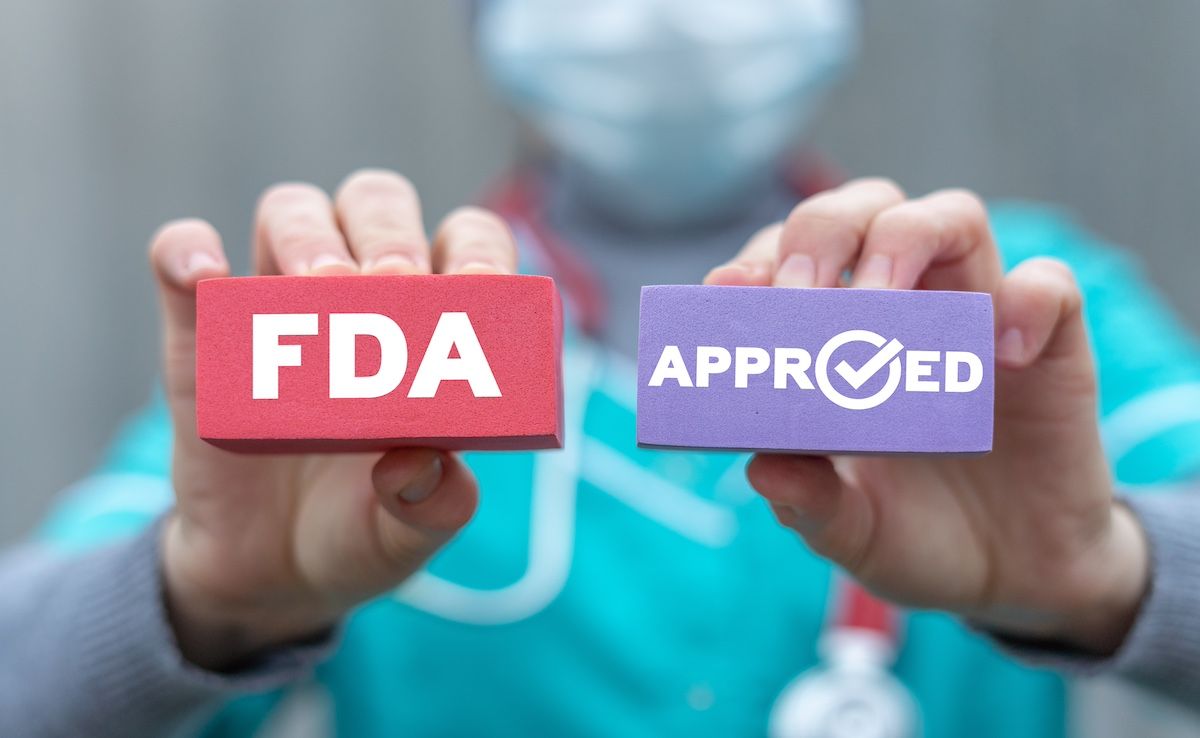Article
US Uptake of Biosimilars Remains Suboptimal and Requires Intervention
Author(s):
Compared with the European Union, biosimilar use in the United States lags, and the US government, health systems, and medical associations all have a role to play.
While biosimilars have the potential to improve access to treatments while also saving patients and health systems a lot of money, uptake in the United States has been suboptimal, highlighting the need to adapt strategies like those in the European Union to improve acceptance of biosimilars, according to a paper published in Seminars in Arthritis and Rheumatism.
As of January 1, 2022, the United States has approved 33 biosimilars, the most recent being Yusimry, an adalimumab biosimilar, and Rezvoglar, an insulin glargine biosimilar. Although biosimilars are often described as similar to generic versions of biologics, that’s not the most accurate definition, according to the authors.
Biosimilars are much more complex, as they cannot be chemically synthesized on a commercial scale, and therefore they are more expensive than generic drugs to develop, they explained. “A generic may only cost $1 million to $4 million and take 2 years to develop vs $100 million to $250 million and 7 to 8 years for a biosimilar.”
Biologics are not only expensive, but their growing use has significantly contributed to rising health care costs. Despite only accounting for 2% of US prescriptions, biologics represent almost 40% of prescription drug spending, the authors wrote.
The requirements for biosimilar approval in the United States and the European Union are largely similar, but there are 2 major differences: The European Medicines Agency requires a postmarketing surveillance plan and individual European countries, not the regulatory agency, decide interchangeability or switching from the reference product.
The first EU biosimilar was approved in 2006, and since then it has approved 80 total, although only 74 remain authorized as of January 1, 2022. “In response to incentive programs instituted by individual member states, health authorities, and payers over the last few years, there has been a significant increase in biosimilar usage in the EU,” the authors wrote.
Wider spread use of health technology assessment has led decision-making bodies, like the United Kingdom’s National Institute for Health and Care Excellence to instruct providers to use the least expensive treatments to start. Belgium and Germany have instituted systems that resulted in biosimilars being prescribed to 40% of patients. Norway’s incentives for switching to biosimilars have resulted in 80% or higher market shares for some biosimilars.
“The systems in place in the EU countries are fostering increased use of biosimilars,” the authors wrote. “This is in contrast to what is happening in the US where, out of the $126 billion spent on biologics in 2018, only approximately 2% was spent on biosimilars.”
The authors highlighted these obstacles to biosimilar uptake in the United States:
- Reimbursement and rates: Since biosimilars have a lower average sales price, under the current system, a biosimilar delivers a lower reimbursement. A pharmacy benefit manager with an agreement to receive rebates for using the reference product has little financial incentive to offer the biosimilar.
- Patent litigation: AbbVie has 136 patents on Humira. While 7 Humira biosimilars have been approved, starting as early as August 2017, AbbVie, the manufacturer of Humira, has entered into agreements with biosimilar manufacturers to delay launching their products until 2023.
- Physician and patient concerns: There have been concerns across multiple countries about switching from the reference product to a biosimilar, especially for nonmedical reasons (eg, cost). Physicians have raised the issues of increased immunogenicity as a result of switching, although this increased risk is “purely hypothetical.” Patient concerns are tied to safety and efficacy and the idea that their medication might be switched without their knowledge.
The authors note that the US government, medical associations, and health systems all have a role to play to increase the use of biosimilars. Updating guidelines, improving communication and education to health care providers, and providing financial incentives can all increase biosimilar use in the United States.
In addition, more biosimilars approved for interchangeability can improve uptake, as pharmacists will be permitted or required to dispense interchangeable biosimilars in certain situations based on laws passed in all 50 states and the District of Columbia.
“Relaxing the interchangeability standards, providing clarity on regulatory requirements and postapproval changes, and increasing funding opportunities for switching studies may encourage more biosimilar manufacturers seeking the interchangeable designation in the US,” the authors wrote.
Reference
Kvien TK, Patel K, Strand V. The cost savings of biosimilars can help increase patient access and lift the financial burden of health care systems. Semin Arthritis Rheum. Published online December 30, 2021. doi:10.1016/j.semarthrit.2021.11.009



